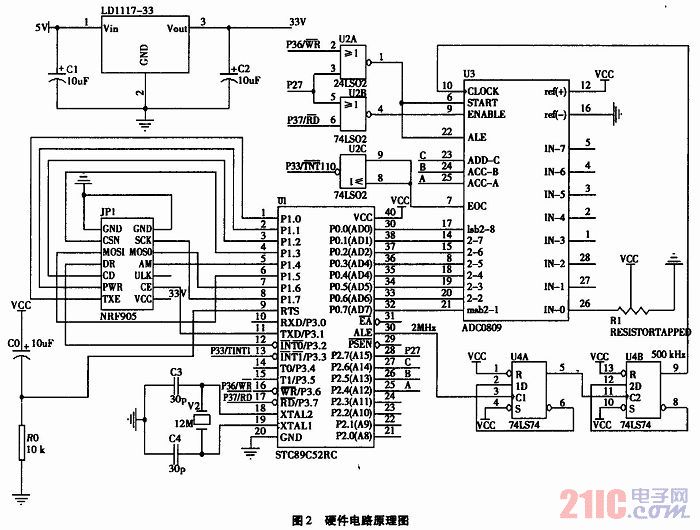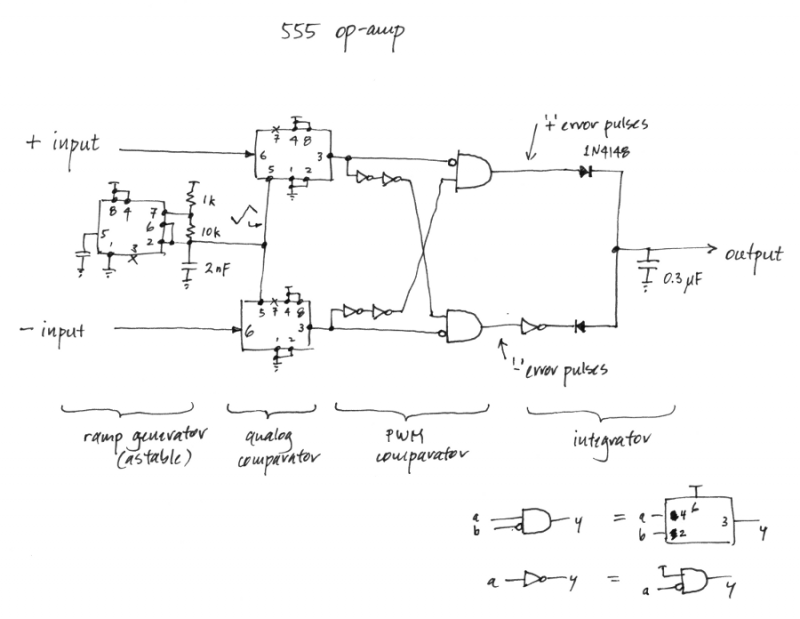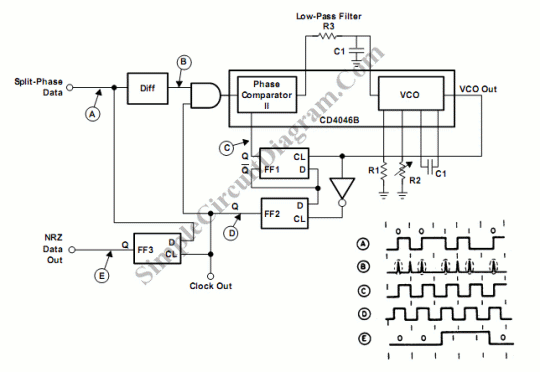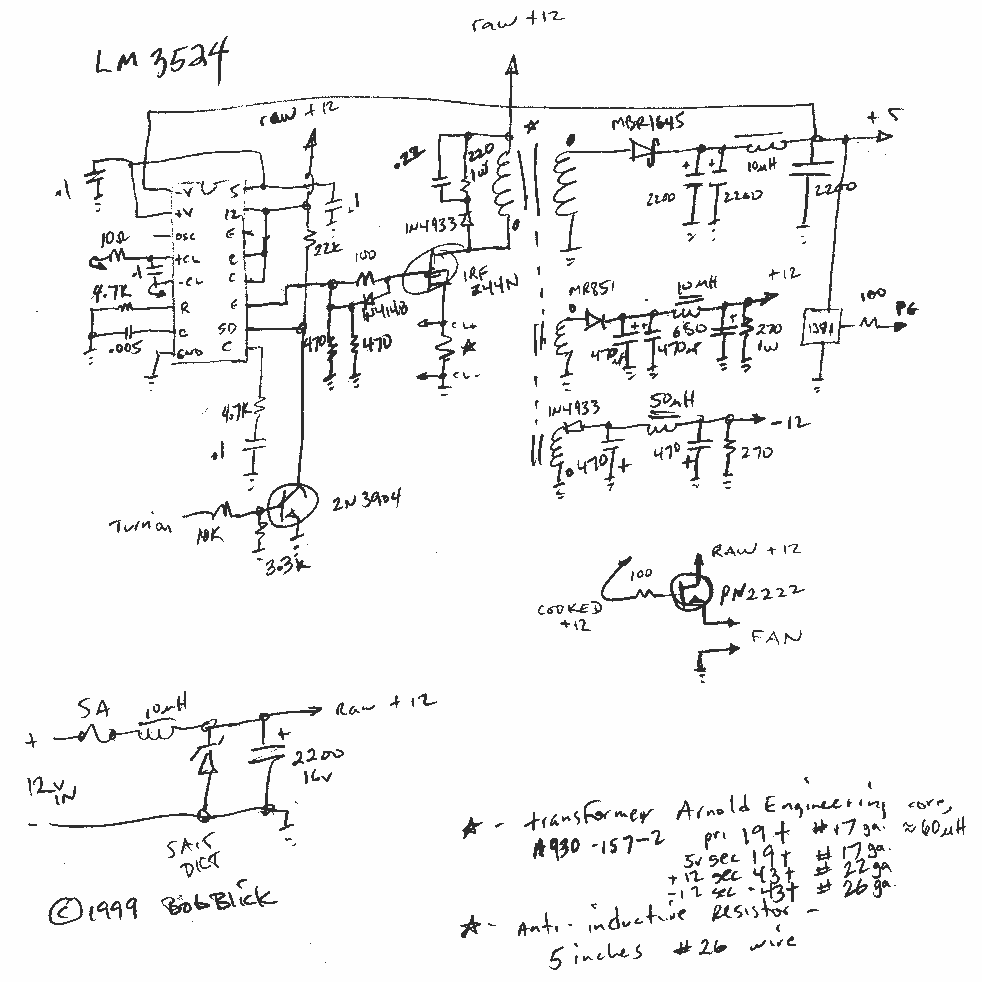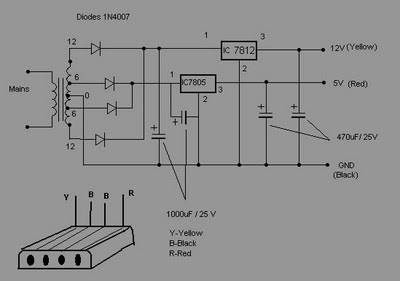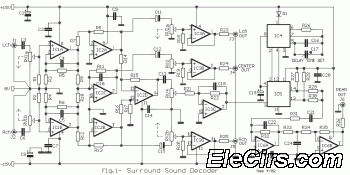
The STA013 MP3 Decoder Chip
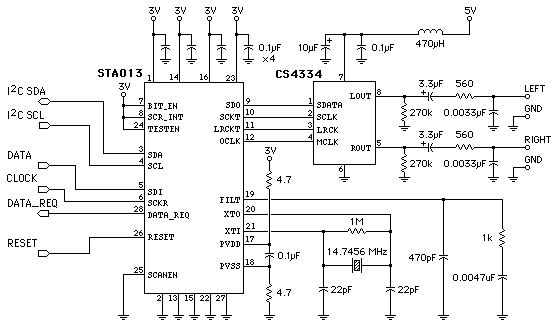
This page's mission is to assist in understanding the use of the STA013 MP3 decoder chip for designing an MP3 player. The player design outlined in subsequent pages utilizes the STA013, but this page aims to clarify the STA013 itself for integration into individual MP3 player design projects. The STA013 datasheet can be terse and challenging to interpret, primarily due to the chip's high configurability. This guide focuses on a standard usage scenario, emphasizing essential requirements and a useful configuration for ease of understanding. The primary assumptions are as follows: Multimedia Mode: In this mode, the STA013 automatically detects the bitrate of MP3 data and generates a signal requesting additional data. Data should be fed into the STA013 as quickly as possible (up to 20 Mbit/sec), as long as it continues to assert its data request signal. The MP3 sample rate (32, 44.1, 48 kHz) is also automatically detected, allowing the generation of the appropriate clock and data waveforms for the DAC. While it is possible to query the STA013 about its detected parameters during playback, this falls outside the scope of this introductory material (refer to the datasheet for more details). A broadcast mode exists that necessitates feeding data at the correct bitrate, but it is more complex and generally less useful for typical MP3 player designs; therefore, all information presented here pertains solely to multimedia mode. OCLK Output: The STA013 can generate all necessary signals to drive a Digital to Analog Converter (DAC). Although it can accept an external DAC clock, this is usually unnecessary and more complicated for most applications. The examples provided assume that the OCLK will be generated by the STA013, simplifying the design by eliminating the need for additional circuitry. CS4334 DAC, 14.7456 MHz Crystal: The STA013 can be configured to operate with various DAC chips and crystals, but the examples focus on a 14.7456 MHz crystal, which is cost-effective and a standard value that aligns with standard baud rates. The CS4334 DAC is utilized for its high-quality line-level audio output, featuring 4X interpolation and a continuous-time analog output filter that negates the need for external op-amps and complex output filtering. This approach ensures excellent audio quality without introducing noise. Essential Commands/Queries Only: While numerous options and parameters are available in the STA013, this page covers only the most critical ones to maintain simplicity and clarity. A comprehensive list is found in the datasheet, but most MP3 player designs will primarily require the commands mentioned here for basic functionality. This focused approach aims to provide a clearer understanding of the STA013 for common applications in media-based MP3 players. More advanced applications, such as real-time low-latency radio reception or audio data processing by another processor, may necessitate other features, but this page serves as a useful starting point, especially if the STA013 datasheet is somewhat confusing. A notable challenge when using the STA013 for a prototype MP3 player is that it is a surface mount component, with no through-hole packages available. The two primary methods to address this issue are to purchase or create an adapter board or to solder wires to each pin. Aries offers adapters that facilitate the connection of the STA013 in a prototype environment, where DIP pins are more manageable. The adapter displayed in Figure 2 is available from DigiKey (P/N: A323-ND) and is a 32-pin adapter, leaving four pins unused with the 28-pin STA013. While utilizing an adapter circuit board simplifies the process, soldering wires to all pins is also a viable option.
The STA013 MP3 decoder chip is a versatile component widely used in the design of MP3 players. Its multimedia mode is particularly advantageous, as it automatically manages bitrate detection and sample rate adjustments, streamlining the integration process for designers. The chip’s capability to generate the necessary signals for DAC operation simplifies circuit design, allowing for efficient audio playback without the need for additional components. When utilizing the CS4334 DAC in conjunction with a standard 14.7456 MHz crystal, designers can achieve high-quality audio output with minimal complexity.
For those embarking on MP3 player design, it is critical to focus on the essential commands and configurations relevant to the application. The STA013's surface mount nature poses a challenge; however, the availability of adapter boards provides a practical solution for prototyping. The approach taken in this guide emphasizes ease of understanding and implementation, making it accessible for both novice and experienced designers looking to leverage the STA013 in their projects. Proper attention to the configuration and integration of the STA013 will result in a robust and functional MP3 player design.This page`s mission is to help you understand how to use the STA013 MP3 decoder chip in order to design your own MP3 player. The player design described at the rest of these pages uses the STA013, but this page is intended to help you understand the STA013 itself, to use it in your own MP3 player design project.
The STA013 datasheet (and other inf o from ST ) is terse and can be difficult to understand, partly because the STA013 is highly configurable. The goal here is to focus on one "normal" usage, only the essential requirements, and one useful configuration, so that this material is as easy to understand as possible.
Here are the basic assumptions: Multimedia Mode: in this mode, the STA013 automatically detects the bitrate of your MP3 data, and gives you a signal requesting more data. You feed data into the STA013 as rapidly as possible (well, up to 20 Mbit/sec), as long as it keeps asserting its data request signal.
The MP3`s sample rate (32, 44. 1, 48 kHz) is also automatically detected, and the correct clock and data waveforms are created for the DAC. It is possible to ask the STA013 what it has detected while it`s playing, though that`s outside the scope of this simple-as-possible introduction (see the datasheet).
There is also a broadcast mode that requires you to feed data at the correct bitrate. Broadcast mode is much more difficult to use and isn`t very useful for most MP3 player designs. All the information here is focused only on multimedia mode. OCLK Output: the STA013 can create all the signals needed to drive a Digital to Analog Converter (DAC). The STA013 can also accept an external DAC clock, but for most applications this is unnecessary and more difficult.
All of the examples here assume the OCLK will be created by the STA013, which is a lot simpler than adding external circuitry. CS4334 DAC, 14. 7456 MHz Crystal: it is possible to configure the STA013 to work with many different DAC chips and crystals, but the examples here will focus only on a 14.
7456 MHz crystal, which is inexpensive and a standard value (that also happens to be an exact multiple of standard baud rates). The examples also use the CS4334, which provides excellent quality line-level audio output, and also includes 4X interpolation and a continuous time analog output filter that eliminates the need for external opamps and complex output filtering.
The CS4334 makes it simple and easy to obtain excellent quality line-level audio output without adding noise. Essential Commands/Queries Only: there are many options and parameters available in the STA013, but only the most important ones are covered here, in the interest of keeping this page simple and easy to understand.
A long and detailed list appears in the datasheet, but most MP3 player designs will only need to use the ones mentioned here, at least for their basic functioning. The hope is that this limited focus will allow this page to explain how to use the STA013 much more clearly, for the common application in a media-based MP3 player.
More advanced applications (real-time low-latency radio reception, audio data fed into another processor, etc) may need to use other features, but this page still may be a good place to start, particularly if the STA013 datasheet is a bit confusing. The first problem with using the STA013 for a prototype MP3 player is that it is a surface mount part.
Unfortunately, it is not made in any through-hole packages. The two basic approaches are to buy or make an adaptor board, or to solder wires to each pin. Aries makes adaptors that are ideal for connecting the STA013 in a prototype, which DIP pins are easier to use. The adaptor shown in Figure 2 is available at DigiKey (P/N: A323-ND). This is actually a 32 pin adaptor, so 4 pins are unused with the 28 pin STA013. While an adaptor circuit board is easier, it is also possible to solder wires to all the pins. Here`s a student project by Peter D`Antoni 🔗 External reference
The STA013 MP3 decoder chip is a versatile component widely used in the design of MP3 players. Its multimedia mode is particularly advantageous, as it automatically manages bitrate detection and sample rate adjustments, streamlining the integration process for designers. The chip’s capability to generate the necessary signals for DAC operation simplifies circuit design, allowing for efficient audio playback without the need for additional components. When utilizing the CS4334 DAC in conjunction with a standard 14.7456 MHz crystal, designers can achieve high-quality audio output with minimal complexity.
For those embarking on MP3 player design, it is critical to focus on the essential commands and configurations relevant to the application. The STA013's surface mount nature poses a challenge; however, the availability of adapter boards provides a practical solution for prototyping. The approach taken in this guide emphasizes ease of understanding and implementation, making it accessible for both novice and experienced designers looking to leverage the STA013 in their projects. Proper attention to the configuration and integration of the STA013 will result in a robust and functional MP3 player design.This page`s mission is to help you understand how to use the STA013 MP3 decoder chip in order to design your own MP3 player. The player design described at the rest of these pages uses the STA013, but this page is intended to help you understand the STA013 itself, to use it in your own MP3 player design project.
The STA013 datasheet (and other inf o from ST ) is terse and can be difficult to understand, partly because the STA013 is highly configurable. The goal here is to focus on one "normal" usage, only the essential requirements, and one useful configuration, so that this material is as easy to understand as possible.
Here are the basic assumptions: Multimedia Mode: in this mode, the STA013 automatically detects the bitrate of your MP3 data, and gives you a signal requesting more data. You feed data into the STA013 as rapidly as possible (well, up to 20 Mbit/sec), as long as it keeps asserting its data request signal.
The MP3`s sample rate (32, 44. 1, 48 kHz) is also automatically detected, and the correct clock and data waveforms are created for the DAC. It is possible to ask the STA013 what it has detected while it`s playing, though that`s outside the scope of this simple-as-possible introduction (see the datasheet).
There is also a broadcast mode that requires you to feed data at the correct bitrate. Broadcast mode is much more difficult to use and isn`t very useful for most MP3 player designs. All the information here is focused only on multimedia mode. OCLK Output: the STA013 can create all the signals needed to drive a Digital to Analog Converter (DAC). The STA013 can also accept an external DAC clock, but for most applications this is unnecessary and more difficult.
All of the examples here assume the OCLK will be created by the STA013, which is a lot simpler than adding external circuitry. CS4334 DAC, 14. 7456 MHz Crystal: it is possible to configure the STA013 to work with many different DAC chips and crystals, but the examples here will focus only on a 14.
7456 MHz crystal, which is inexpensive and a standard value (that also happens to be an exact multiple of standard baud rates). The examples also use the CS4334, which provides excellent quality line-level audio output, and also includes 4X interpolation and a continuous time analog output filter that eliminates the need for external opamps and complex output filtering.
The CS4334 makes it simple and easy to obtain excellent quality line-level audio output without adding noise. Essential Commands/Queries Only: there are many options and parameters available in the STA013, but only the most important ones are covered here, in the interest of keeping this page simple and easy to understand.
A long and detailed list appears in the datasheet, but most MP3 player designs will only need to use the ones mentioned here, at least for their basic functioning. The hope is that this limited focus will allow this page to explain how to use the STA013 much more clearly, for the common application in a media-based MP3 player.
More advanced applications (real-time low-latency radio reception, audio data fed into another processor, etc) may need to use other features, but this page still may be a good place to start, particularly if the STA013 datasheet is a bit confusing. The first problem with using the STA013 for a prototype MP3 player is that it is a surface mount part.
Unfortunately, it is not made in any through-hole packages. The two basic approaches are to buy or make an adaptor board, or to solder wires to each pin. Aries makes adaptors that are ideal for connecting the STA013 in a prototype, which DIP pins are easier to use. The adaptor shown in Figure 2 is available at DigiKey (P/N: A323-ND). This is actually a 32 pin adaptor, so 4 pins are unused with the 28 pin STA013. While an adaptor circuit board is easier, it is also possible to solder wires to all the pins. Here`s a student project by Peter D`Antoni 🔗 External reference
Warning: include(partials/cookie-banner.php): Failed to open stream: Permission denied in /var/www/html/nextgr/view-circuit.php on line 713
Warning: include(): Failed opening 'partials/cookie-banner.php' for inclusion (include_path='.:/usr/share/php') in /var/www/html/nextgr/view-circuit.php on line 713
